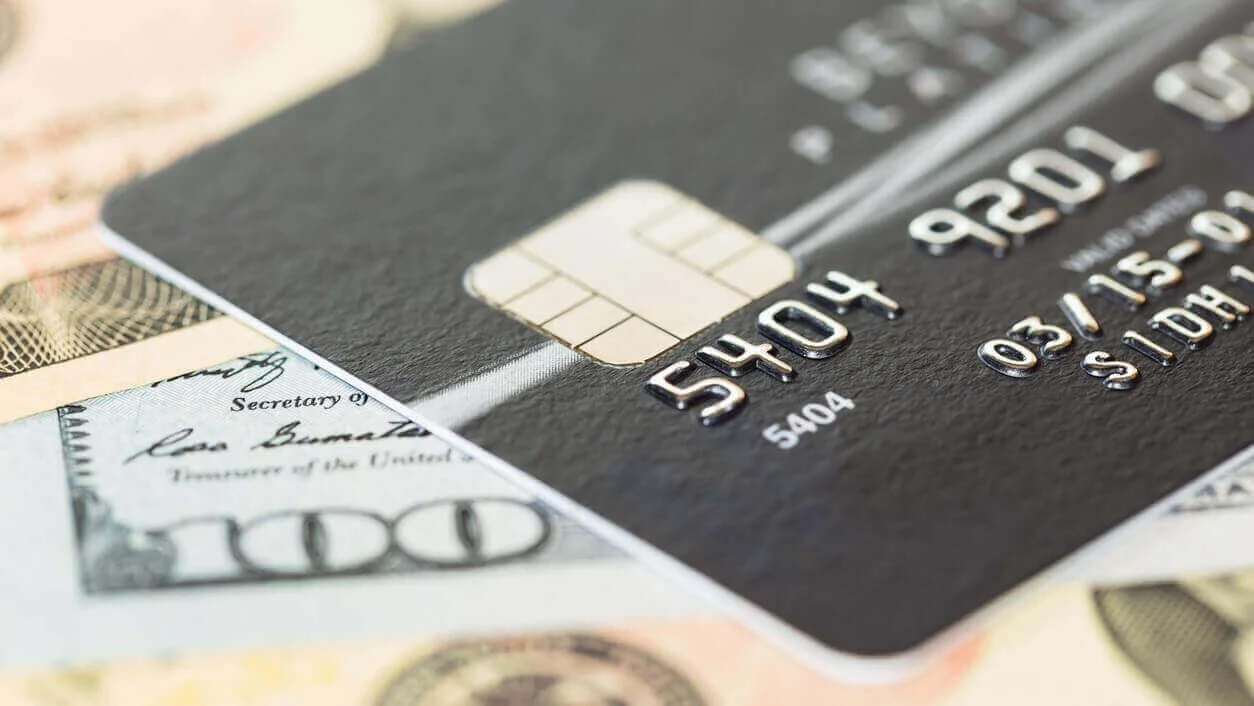Payment history, age, and credit account usage are all quite significant when calculating the credit score. In fact, credit card utilization can be considered one of the most crucial factors after payment history.
We’ll talk about it all in this post but first, let’s understand what credit card utilization really means.
What is Credit Card Utilization?
Credit Utilization or Credit Utilization Ratio (CUR) indicates the amount of credit you use against your credit limit.
For instance, if you have a credit limit of $10000 and you use it for $2000, then it means that your credit utilization is 20%. Use $3000, and it becomes 30%, use $5000, and it increases to 50%.
In simple terms, it refers to how much you use against how much you’re allowed.
How Credit Card Utilization Calculated?
Here’s an easy equation to find out your credit utilization ratio:
Credit Utilization Ratio = ( Total debt / Credit limit ) X 100
In case you have more than one credit card, you need to add up the credit limits of all the cards to get the total credit limit, and add up the total outstanding balance of all the cards to find out the total debt. Now you can use the same formula to calculate your total credit utilization rate.
How does Credit Card Utilization affect the credit score?
A major misconception among cardholders is that the more you use your credit card, the more chances you will have to boost your credit score. It’s true in a way that someone who has an exceptional payment record, even though with high credit usage is more likely to increase his creditworthiness in comparison with someone with low use and bad credit/payment habits.
As a matter of fact, the higher the credit utilization rate, the higher the chances of a negative impact on your credit score. It may be because someone using a credit card frequently is struggling with cash crises or is a habitual shopper.
In any case, a high credit utilization rate can raise doubts on the payment habits of a cardholder and eventually result in impacting the credit score adversely. Therefore, you must always keep your card spending in check regarding your card limit and clear all outstanding dues on time within your billing cycle to get it reflected in the subsequent credit report.
Now that you have a fair idea about why maintaining a low or relatively low credit utilization ratio is important, let’s talk about its ideal range.
What is an ideal Credit Card Utilization Rate?
Just like spending too much amount from your credit limit is not ideal, spending none is even more harmful. As most experts claim, the ideal range lies anywhere between 1% to 30%. You must always strive to maintain your credit card utilization ratio between this recommended slabs.
The lower your credit utilization rate, the better it is for your credit scores.
Moving on, here are a few tips to help you manage your credit utilization rate.
How to manage Credit Card Utilization?
Since credit utilization is a significant aspect of credit scoring, you must be careful with how and when to use your credit card. Here’s what you can do.
1. Set-up a balance alert
The first thing you need to do to manage your credit utilization is to keep an eye on your outstanding dues or balances. You can set-up a balance alert to get notified as soon as you’re about to exceed a specific limit, which you can preset on your credit account.
2. Use multiple cards instead of one
Using multiple cards with lesser utilization rate is better than using a single card with higher utilization. Instead of using one card for all the expenses, you can use another card to spread over the charges. Make sure that you’re keeping the utilization rate of all the cards well below the 30% mark, as close as possible to 1% but not an absolute zero.
3. Pay in a timely manner
You must also watch out for your account statement closing date and make sure that your balance is as low as possible around the time when your billing cycle ends. Check with your card issuer about the date they send your account information to credit bureaus for the upgrade. This will enable you to clear any outstanding balances due on your account well before the closing date.
4. Get your credit limit increased
If you have a high credit usage every month for some reason, you can always request your card issuer to increase your credit limit. Of course, getting your credit limit increased depends on whether there is any change in your income or not. If you have poor payment habits or a drop in your income, your card issuer could also reduce your credit limit. So, be careful of these crucial points before applying for a raise in your credit limit.
5. Pay more than once to keep your balances low
Even if you have a high credit usage, you can keep your outstanding balances low by paying more than once in a single month or billing cycle. Keeping your credit balance low is perhaps the easiest way to maintain a lower credit utilization rate.
The Takeaway
A low credit card utilization rate is integral for maintaining a good credit record and high credit scores. At the same time, it also helps you avoid paying larger monthly payments and higher interest rates, plus boosts your creditworthiness for any kinds of loan approvals.



